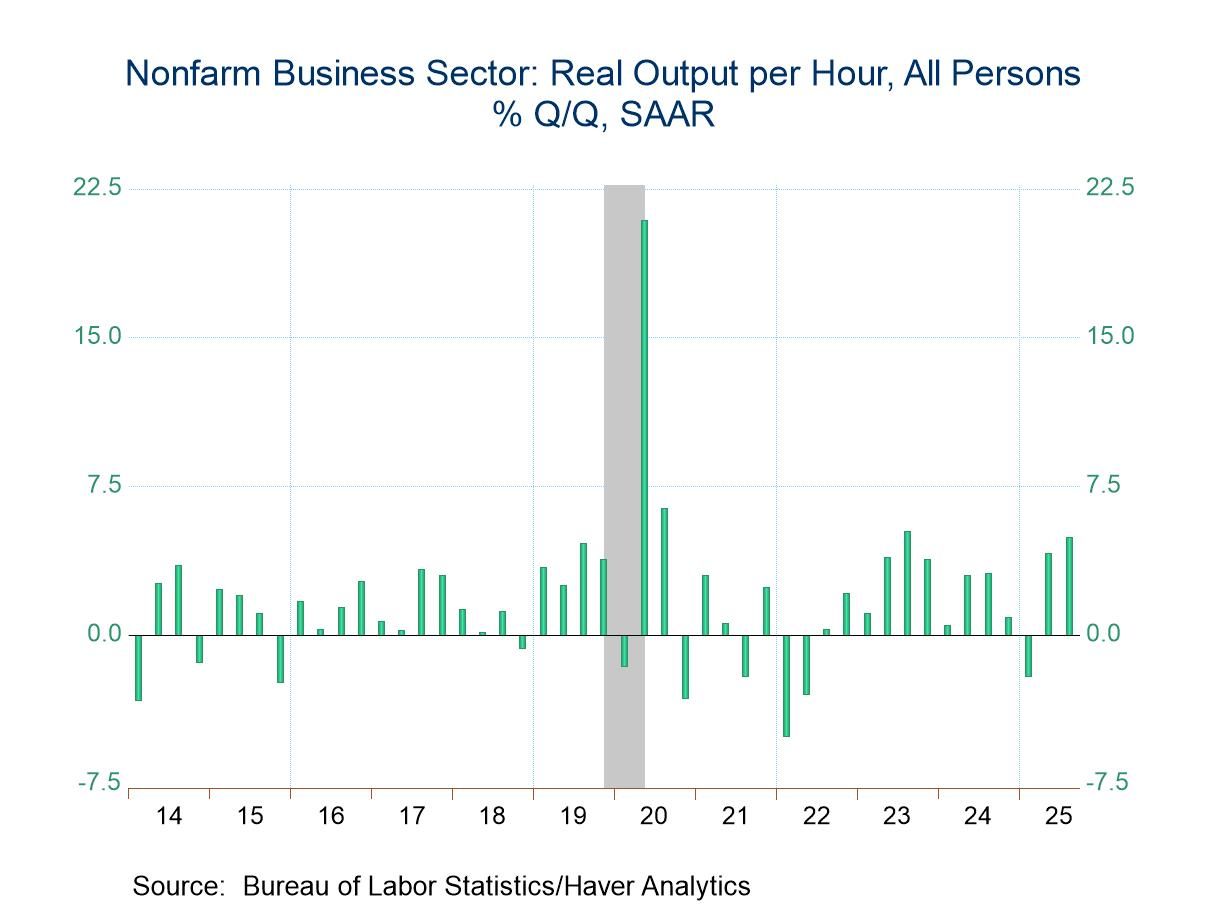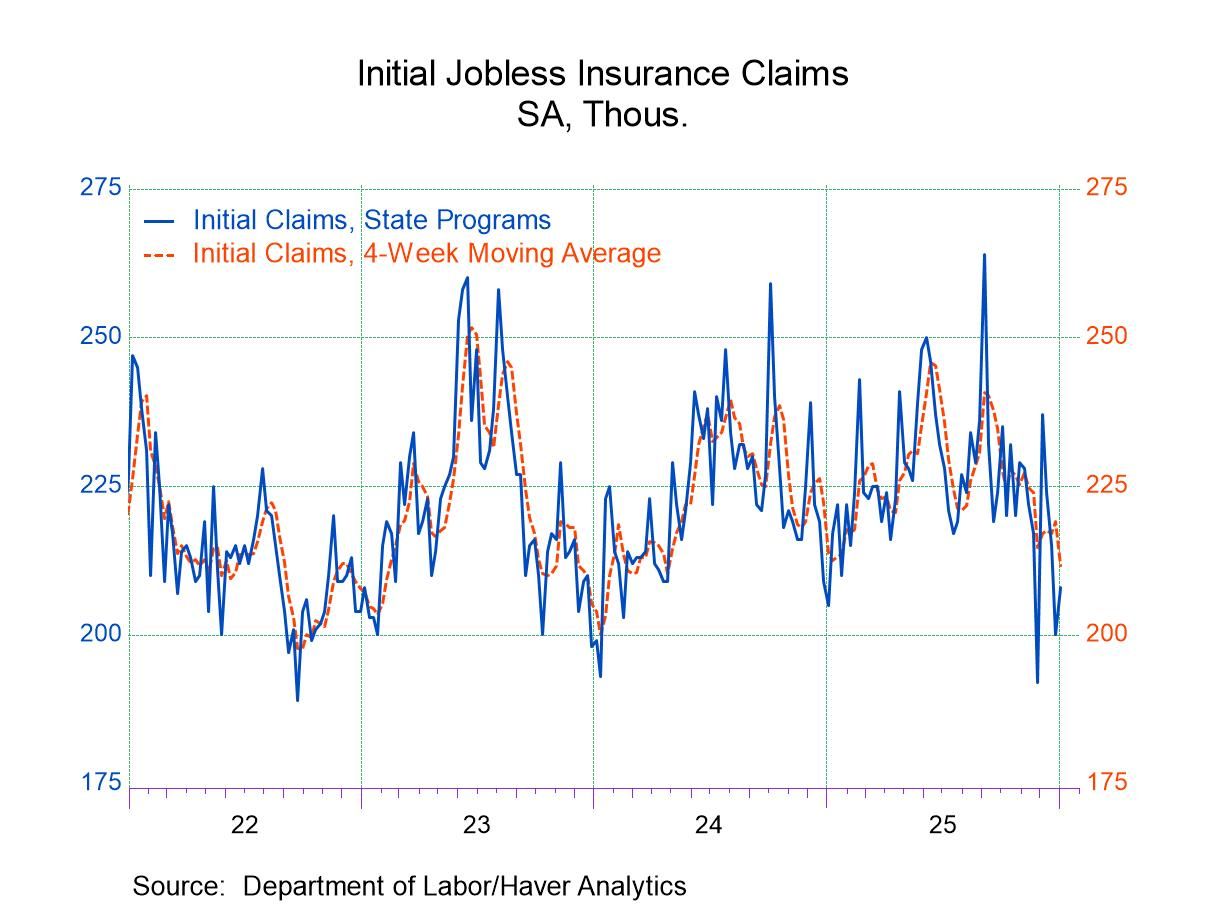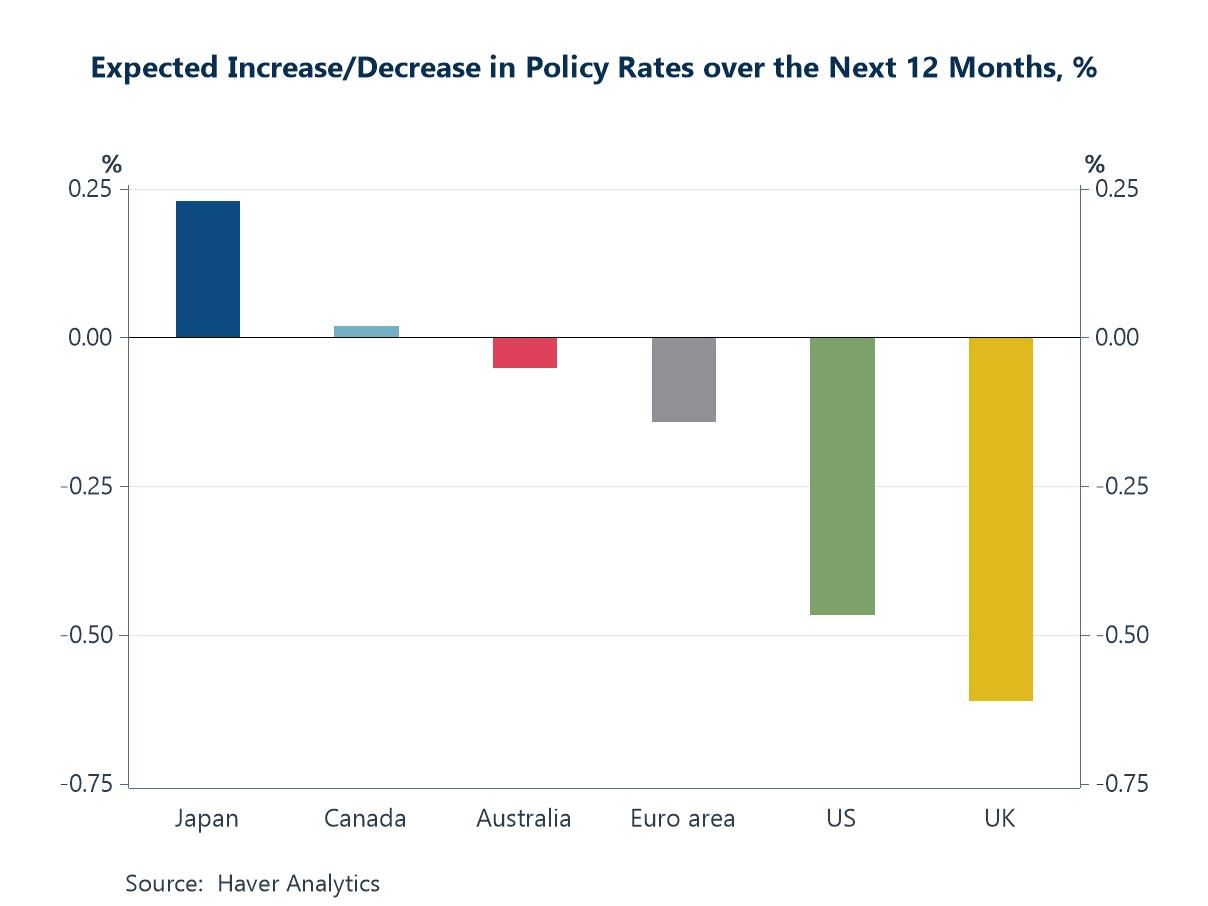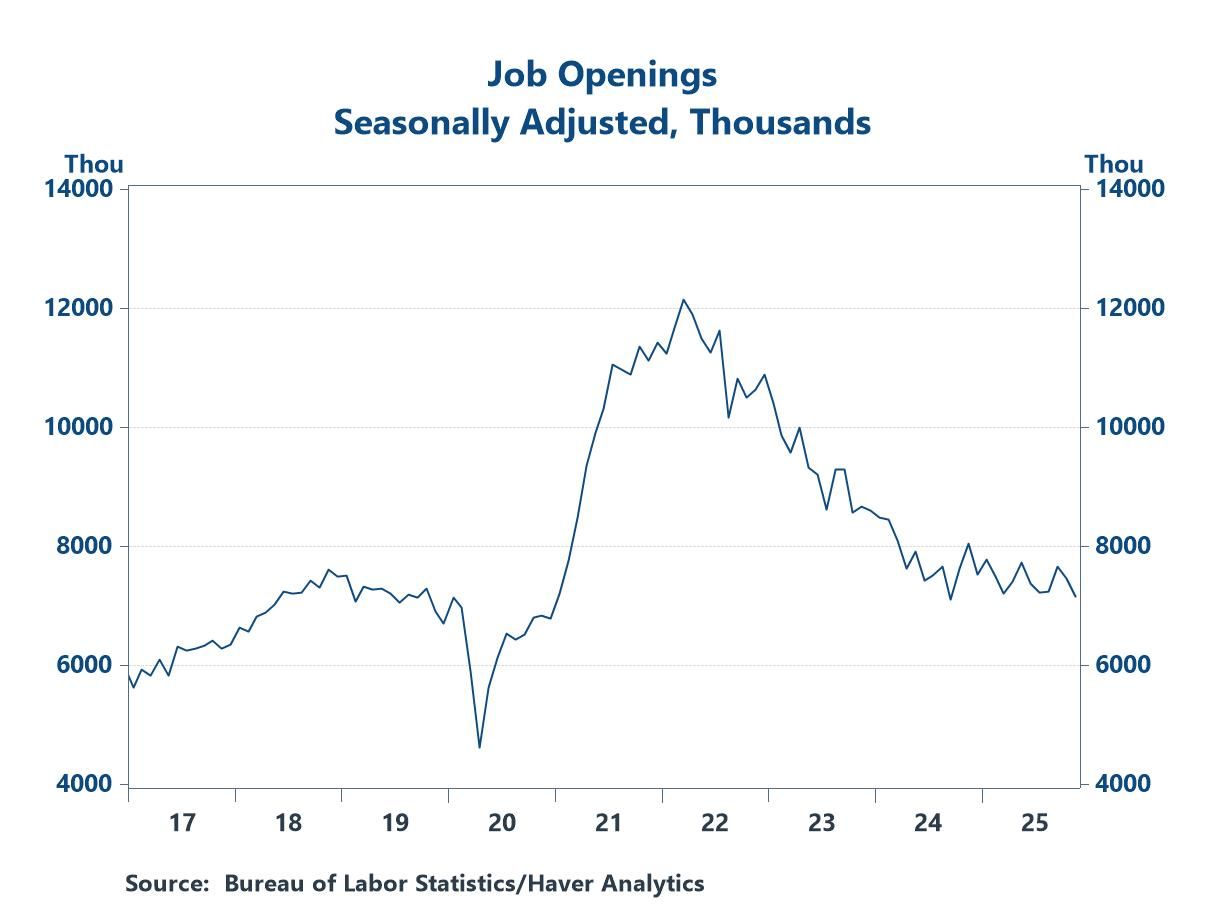Italian IP Nudges Higher But Remains in a Downtrend

Italian industrial production for manufacturing rose 0.1% in September after gaining 0.3% in August. These increases came after a 1.2% drop in July and they're still part of a sequence of continuously declining industrial production calculations over the past 12 months for Italy.
Italian manufacturing production fell by 2.2% over 12 months; the pace of reduction has eased slightly to -1.5% over 6 months then it steps up to a decline at a 3.4% annual rate over 3 months. We see industrial production declining on all three timelines. The 3-month deterioration is at a faster rate than at 12-months, but over 6 months, there's an interruption in that deteriorating trend that makes the overall trend ambiguous.
Consumer goods- Consumer goods production fell by 2.2% in September after rising 1.3% in August and falling 1.6% in July. The annual rate decline in consumer goods output is 6.8% over 12 months; that's reduced to a 4.7% declining pace over 6 months but then blows out to a decline of 9.5% at an annual rate over 3 months. This pattern echoes the overall pattern from manufacturing output on the same timeline.
Capital goods- Capital goods output rose by 1.5% in September after output declined in August and July. Capital goods output shows a clear decelerating sequential trend, however. After rising 2.6% over 12 months, it reduces that to a 1.2% pace of increase over 6 months and then output declines at a 2% annual rate over three months.
Intermediate goods- Intermediate goods output rises by 0.8% in September after falling 0.7% in August and falling 0.4% in July. Intermediate goods are the only category that shows that declines in output are occurring at a diminishing pace as output falls 2.8% over 12 months; that's reduced to a -1.4% rate over 6 months and reduced slightly further to a -1.2% annual rate over three months.
Overall manufacturing goods production clearly is declining although the sequential patterns are not firmly established.
Transportation- Trends for transportation equipment show deterioration although there's a strong gain of 6.1% in September compared to August. Output rises at an 11.7% annual rate over 12 months, and at a 5.9% annual rate over 6 months, but then falls sharply at an 8.6% annual rate over 3 months.
Industrial measures Various industrial measures are presented at the bottom of the table including the EU industrial confidence measure, the Istat current orders and Istat outlook for production. In the most recent 3 months, there are nine of these observations and of these nine observations only one is positive and another is zero; the rest are negative, showing widespread weakness across these industrial metrics.
The industrial metrics show persistent negative readings over 3 months, 6 months, and 12 months. But that generally is not a pattern of worsening deterioration. The industrial confidence measure and the Istat current orders measures both show readings that are less weak over 3 months than over 12 months although the Istat outlook for production metric is weaker over 3 months and over 12 months.
Rankings Turning to the final column of the table, the rank standings show all these metrics are below their historic medians (that means below a ranking of 50%) except for capital goods output. Manufacturing industrial production has a 28-percentile standing, consumer goods output has an extremely weak 6-percentile standing, intermediate goods have a 31.6 percentile standing, while capital goods have a 60.7 percentile standing, above its historic median. For transportation output, there's also a reading that's above its 50-percentile at 69.5. However, the industrial measures at the bottom of the table have very weak standings for the most part with the EU industrial confidence measure having a standing just under its 20-percentile. The Istat outlook for production reading is at its 14.1 percentile and the Istat current orders reading is at its 37.3 percentile.

Summing up The bottom line for Italian industrial production is that it's weak and still skidding. The only source of diminishing weakness is for intermediate goods output, but even there all the sequential declines are still negative; they're just diminishing negative growth rates. In the quarter-to-date, overall manufacturing output is zero with mixed performance on the components. Much like the report that we looked at from Germany earlier this week, Italy shows no evidence of strength. Conditions of weakness prevail, and trending conditions are continuing weakness. The only silver lining we have from the Italian data is that we can't say that the continuing weakness is also deteriorating. At this point, we're not able to make that connection, although there are hints of it since 3-month growth rates are weaker than 12-month growth rates for most output categories.
Robert Brusca
AuthorMore in Author Profile »Robert A. Brusca is Chief Economist of Fact and Opinion Economics, a consulting firm he founded in Manhattan. He has been an economist on Wall Street for over 25 years. He has visited central banking and large institutional clients in over 30 countries in his career as an economist. Mr. Brusca was a Divisional Research Chief at the Federal Reserve Bank of NY (Chief of the International Financial markets Division), a Fed Watcher at Irving Trust and Chief Economist at Nikko Securities International. He is widely quoted and appears in various media. Mr. Brusca holds an MA and Ph.D. in economics from Michigan State University and a BA in Economics from the University of Michigan. His research pursues his strong interests in non aligned policy economics as well as international economics. FAO Economics’ research targets investors to assist them in making better investment decisions in stocks, bonds and in a variety of international assets. The company does not manage money and has no conflicts in giving economic advice.






 Global
Global